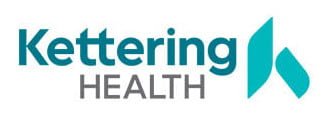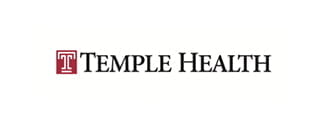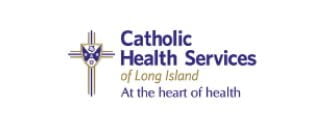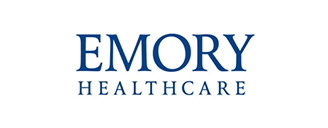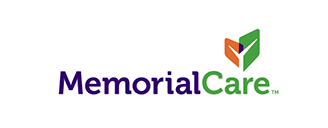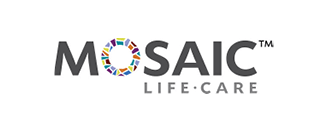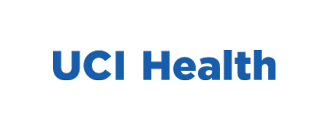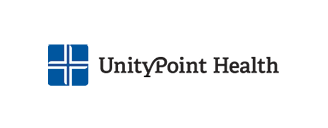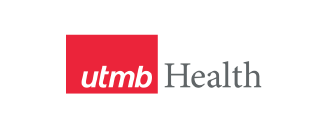We came up with a list of questions to ask yourself if and when considering a medical supply chain visibility software.
GENERAL
- With multiple solutions to choose from, how do you know which—if any—will meet your needs?
- What, specifically, should you be looking for?
- Were the solutions you’re considering created for IDN use?
- Was the solution created with your specific end users in mind?
IDN SPECIFIC
- Has the solution been created specifically for IDN use?
- What portion of the solution’s R&D is dedicated to working with IDNs to innovate?
- Does the solution have a history of supporting IDNs?
- Has the solution been created with your end users in mind?
TRADING PARTNER COLLABORATION
- Is the solution integration ready?
- Does it create options to make it easy for your trading partners to participate, share data and collaborate?
SPECIFIC END USERS
PURCHASING
- Does the solution track the suppliers and products your organization cares about?
- Does the solution work with the modes of transportation that make up a majority of your critical inbound product?
- Does the solution inform the purchaser of supplier and carrier delays, quantities to be delivered, short-fills, and backorders?
- Does the solution allow your purchasing team to see product in transit using a familiar identifier like a purchase order?
- Does the solution provide decision support to your team’s purchasing decisions and can it prevent them from making choices regarding disrupted product?
PROCUREMENT
- Does the solution arm your team with the knowledge necessary to inform contracting, backup contracts, service level agreements, distribution choices, and safety stock levels?
- Can you look back in time to see the performance of a supplier and the impacts of long lead times, delays, short fills, choice of carrier and supplier location, and be able to assess hidden fees?
- Does the solution historically analyze fluctuations like weather disruptions, backorders, lead times and carrier disruptions that would indicate choice of supplier or supplier location?
- Does the solution help you map your tier-1 supply chain?
DOCK AND INTERNAL DELIVERY
- Does the solution adequately support the prioritization of incoming product?
- Does the solution answer the incoming questions of anxious clinicians and even inform required delivery staffing levels by assessing inbound packages?
CLINICIANS AND POINT-OF-CARE WORKERS WAITING ON CRITICAL ITEMS
- Is there an easy way for clinicians to track the critical items they care about?
- Does the solution eliminate valuable time wasted as clinicians call internally to chase down product?
- Will clinicians be informed of on-time and late arrivals so they can better plan critical patient-care services.
- Will the solution make clinicians and point-of-care workers happier?
MULTIPLE ROLES
- Is the solution easily accessible to all of the aforementioned roles in your organization?
- Does a user of the solution have to be tethered to a laptop or desktop computer or is it mobile ready?
- Does the solution carry a significant per-user licensing fee or require access through an ERP that might not be available to all end-users?
- Is it easy to be alerted to and filter down to just the information each individual cares about?
- Are the KPIs and tools focused on the things each individual cares about as well as the things that will make them successful in their role?
For more context, catch up on our previous blogs relating to the topic of medical supply chain visibility:
- PART ONE: A Little Background
- PART TWO: Crucial things to look for: IDN Focus, Features and Roadmap
- PART THREE: Trading Partner Collaboration
- PART FOUR: End-User Reach and Value
- PART FIVE: Putting it All Together
Check out this Healthcare Purchasing News article about our commitment to bringing cost control and visibility to various markets within the healthcare supply chain.

